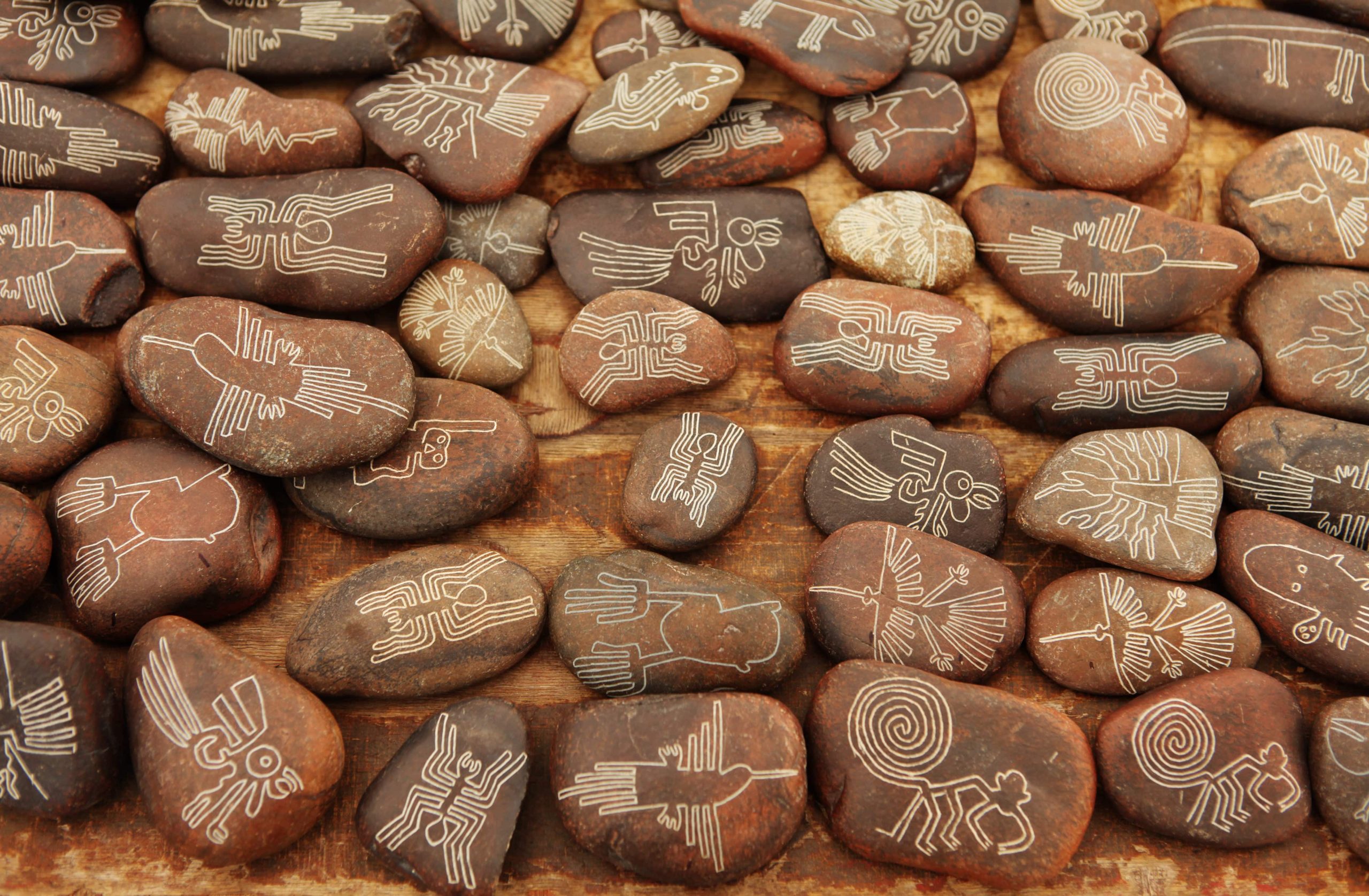Investigations at a Nazca ritual site in Peru have revealed that a child sacrificed as part of a religious ceremony more than 1,000 years ago had ingested the hallucinogen mescaline before being executed. Scientists made the discovery by analyzing a single strand of hair from the head of a child whose head had been severed from the neck and shaped into a ceremonial trophy.
The preserved head was one of 22 human remains from the ancient Nazca civilization, which lived in southern Peru from about 100 BC to about 800 AD. The remains, including 18 mummies and four trophy heads of one child and three adults, were buried on the south coast. Peru was discovered over 1000 years before her and was restored as part of an archaeological program known as the Nazca Project.
Analysis of a single strand of hair taken from the head of a child of unknown sex and age at death revealed that the victim had ingested the San Pedro cactus (Echinopsis pachanoi) at some point before death, perhaps as part of a religious ritual. San Pedro he cactus contains mescaline, a natural hallucinogen, and is known to have been used for medical and religious purposes by indigenous cultures in South America.
“The trophy head is the first case of San Pedro consumption by individuals living on the southern coast of Peru,” said study lead author Dagmara Socha, a doctoral candidate at the Center for Andean Studies at the University of Warsaw in Poland. told live science“It’s also the first evidence that some of the trophy-headed victims were given meth before they died.”
Further analysis of hair samples taken from other remains revealed that many of the deceased individuals had taken psychedelics or stimulants prior to their death.Through toxicological analysis, researchers found that in addition to the San Pedro cactus, researchers found traces of Banisteriopsis capiis the main compound in the psychedelic brew ayahuasca and is part of the rituals of the indigenous cultures of South America.
“It’s been very interesting to see how many people have access. [these plants]’ said Socha. “We also wanted to discover trade routes for some of these ancient plants. did not.”
Archaeological Artifacts Discovered at Nazca Ruins
In addition to human remains, researchers have found other items in the tombs, including ceramic urns, fabrics, weaving tools, and bags used to hold coca leaves known as chuspas. Researchers have determined that drug use by individuals found at the site occurred between 100 BC and 450 AD.
“We can see that this migration of factories started early and we can really trace the trade network,” Socha said. “Our research shows that these plants are very important to different cultures for their medical or visual effects. [written record] So what we know about the Nazca and other neighboring cultures comes from archaeological research. ”
Rainer Bussmann, professor in the Department of Ethnobiology at the Institute of Botany at Ilia State University in Tbilisi, Georgia, and head of botany at the Natural History Museum in Stuttgart, Germany, published a study in 2006. did. Medicinal plant by indigenous communities of northern Peru. His research also explored trade routes for various cultivated plants in the region.
“There was always a small trade going on in the area, and plants were being traded from Amazon to Amazon. [Peruvian] coast,” said Bussmann, who was not involved in the new study. “These plants have traditionally been used for ceremonial and medicinal purposes. [were] You can also combine them. I have not seen any reports of it being used for recreational purposes. These cultures have always had a specific purpose. ”
Socha noted that there is evidence that the plants were used for medicinal and ritual purposes, but researchers have not determined the extent of their use in the Nazca culture.
“I don’t know how often these are actually done. [plants] “It was used,” she said. “In the case of San Pedro, it is not well preserved in the archaeological context, and in the case of coca leaves, Banisteriopsis capi, had never grown in the area during that period. ”
The survey results will be published in the December 2022 issue. archaeological journal.





